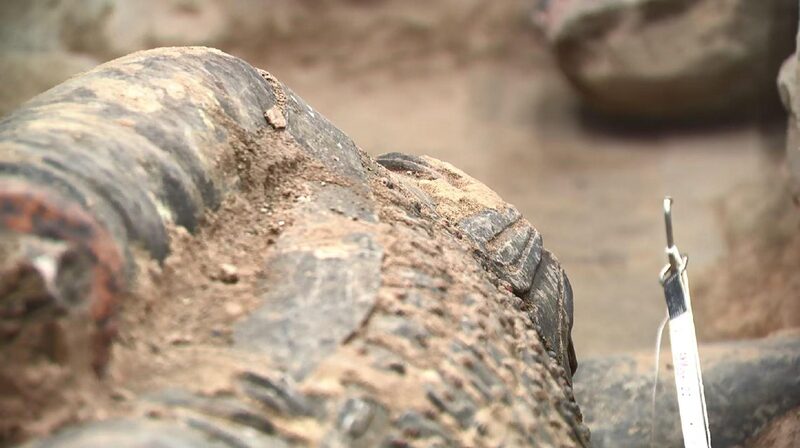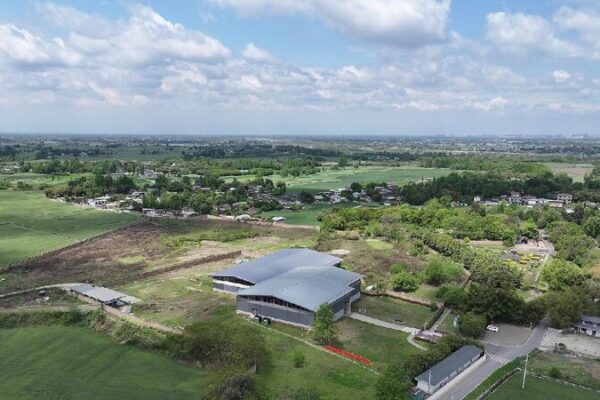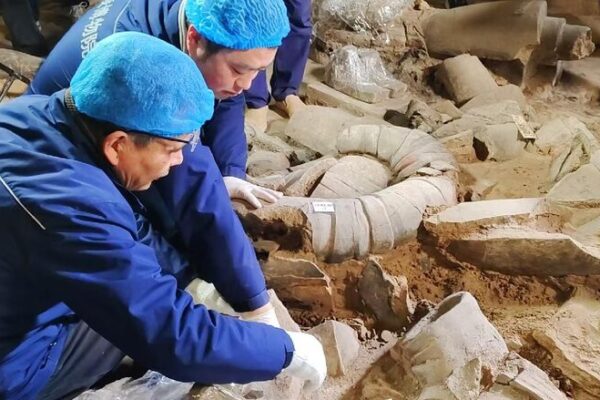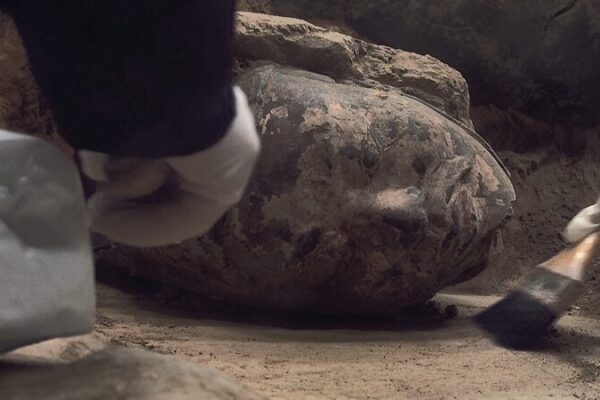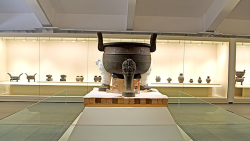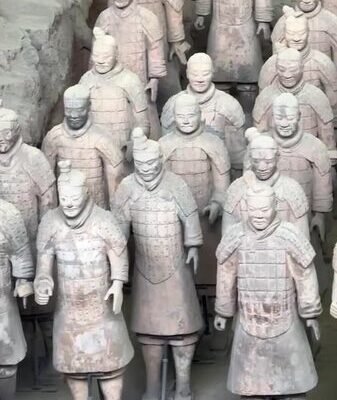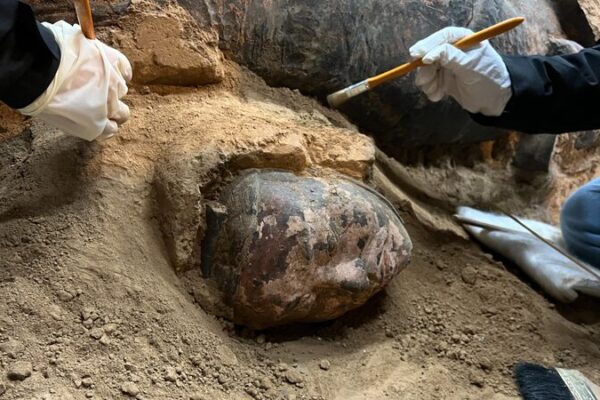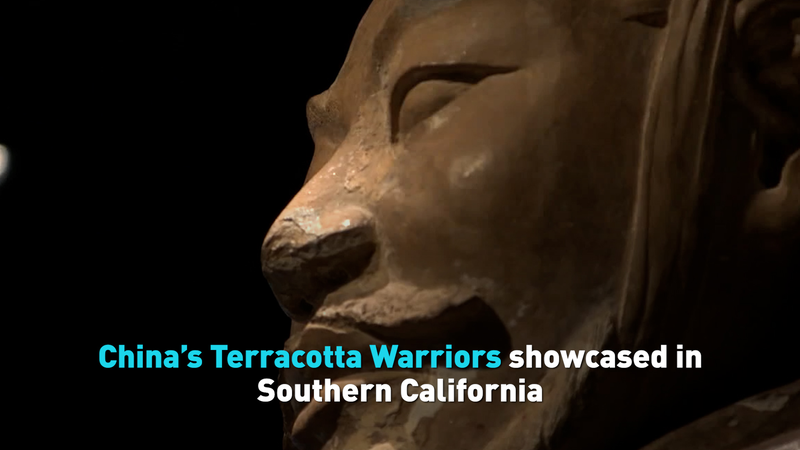Exciting new discoveries at the famed Terracotta Warriors site in Xi’an, China, are shedding light on the ancient Qin Dynasty’s chariot troops. Archaeologists have unearthed two chariot remains, three terracotta horses, and three terracotta figurines in Pit No. 2, offering fresh insights into military structures from over 2,000 years ago.
On Tuesday, the archaeological team confirmed the identities of the newly found figurines. Initially, one figurine was thought to be a left chariot warrior. However, after detailed cleaning, experts noticed its upright feet—a trait not consistent with chariot warriors. “Based on the chest ornament and hairstyle, we’ve identified it as an officer,” explained Zhu Sihong, the project leader overseeing the excavation of Pit No. 2.
The other two figurines were identified as a right chariot warrior and a charioteer. Typically, a Qin-era chariot was manned by three soldiers and drawn by four horses. The charioteer stood at the center, flanked by the left and right chariot warriors. Interestingly, this excavation revealed only a charioteer accompanied by an officer, deviating from the usual formation. This unique finding provides significant clues about variations in the chariot troop structure of the Qin army.
The ongoing exploration of Pit No. 2 has been a journey decades in the making. The first official excavation began in 1994 and concluded its initial phase in 1998. The second phase commenced in 2015 and has since uncovered formations of cavalry, crossbowmen, chariots, and mixed units. Each discovery adds a piece to the puzzle of ancient China’s military might.
The Terracotta Warriors, a UNESCO World Heritage site, continue to captivate the world with their silent testimony to the grandeur of the Qin Dynasty. These recent findings not only deepen our understanding of historical military formations but also spark curiosity about the lives of those who served in China’s first imperial army.
Reference(s):
Terracotta warriors new discoveries unveil Qin chariot troop structure
cgtn.com
